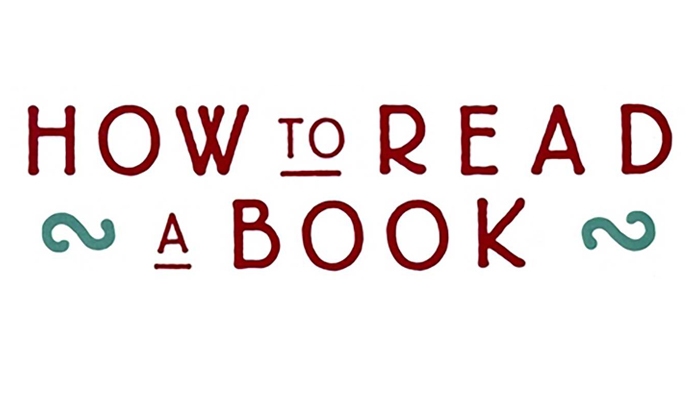|
Outside of big (and expensive) library reference volumes, it is hard to find a book which tells you about the different governments of the world, how they are structured and how they work. Who can vote and how often. Are they bicameral or unicameral (like Nebraska)?
It strikes me that this is important stuff. As new nations are being formed – a process that continues – or older ones revamp or amend their constitutions – maybe they could learn something from existing structures, or get some new ideas. Maybe even the United States could.
I could not help but notice that, last I checked, there were only three nations on earth where the lower house of their national congress or parliament (The House of Representatives in our case) is elected more frequently than every three years. Those three nations were Iraq under Saddam Hussein, Libya under Muammar al-Qaddafi, and the United States of America. Most of the advanced nations give their “members of congress” 4 or 5 years between elections. Makes one wonder if making our members of Congress go out on the campaign trail, and spend time and money, every two years, is really the best way to run things.
One book that does cover all this, from the great Dorling Kindersley publishers (who bring us the Eyewitness Travel Guides and many other highly visual books) is How Governments Work (2006). While sadly this book is out of print – perhaps few others find this material as interesting and important as I do – you can find used copies readily available cheaply at the link to the right. It was previously issued under the title The Book of Rule: How the World is Governed, which is the same book but not as up-to-date.
One thing I like about this book is that it lists each nation under the type of government it has: monarchy, constitutional monarchy, parliamentary system, presidential system, etc. Within each category, the nations are listed in order of their population size. So I was a bit surprised to realize that the biggest monarchy (not constitutional, but a monarchy where the king really runs the place) is Morocco. And of course the biggest democracy is India. After the US, the largest nation using the Presidential system is Brazil. The book also reminds us that there are some very important Islamic democracies – Indonesia and Turkey at the top of the list.
Anyone who wants to understand global (and local) politics will find this book a great investment, and fun to scan through.
|
|
- Book Reviews
- History and Geography
- Travel + Geography
- Understanding and Researching Companies & Industries











